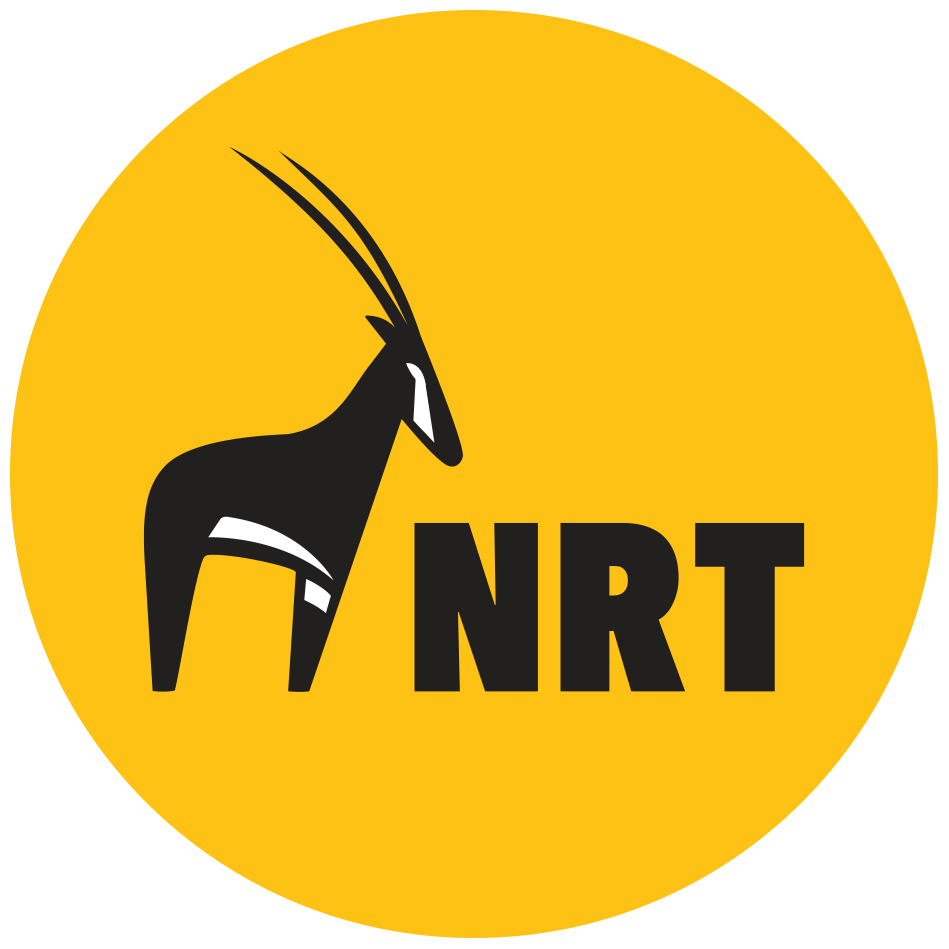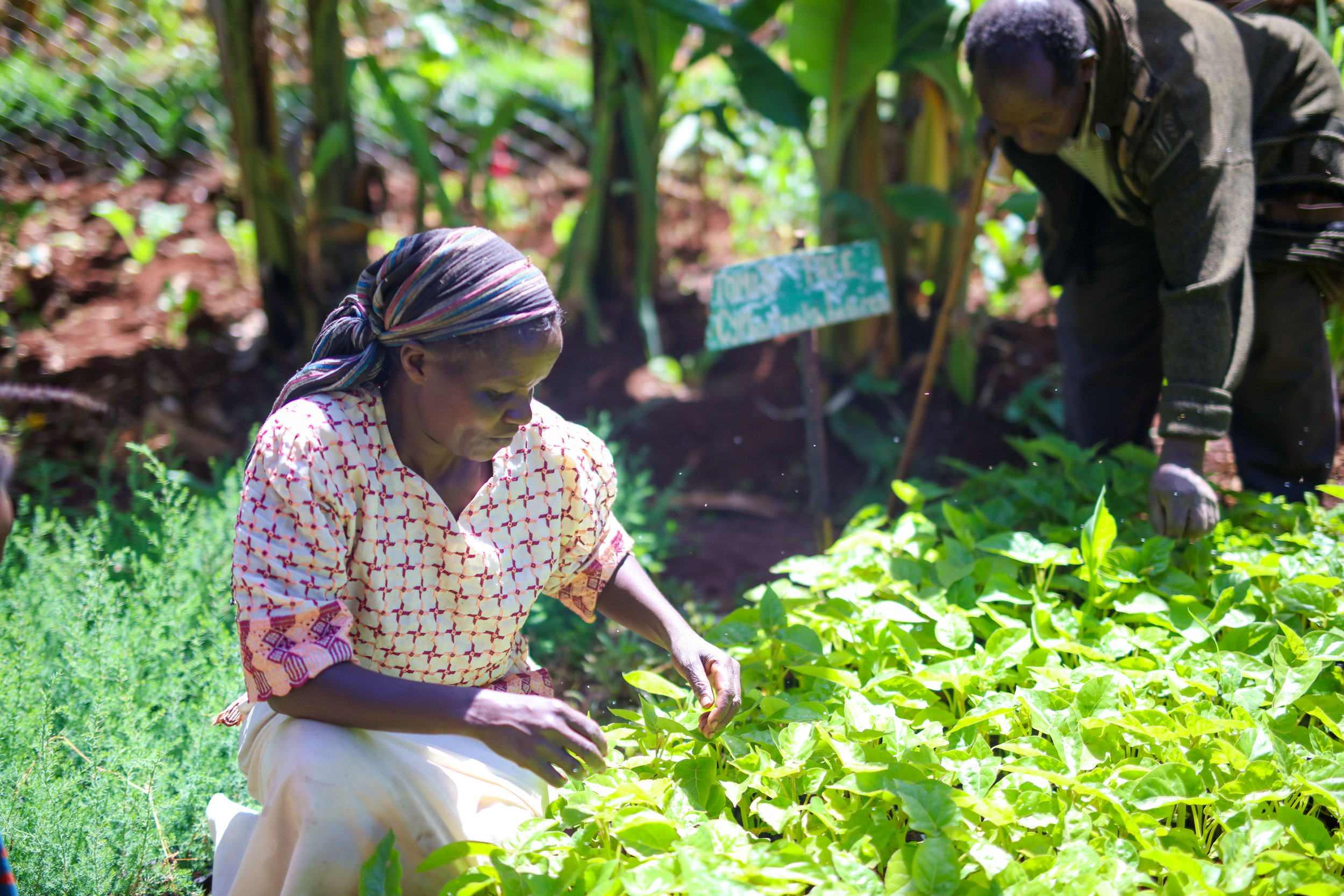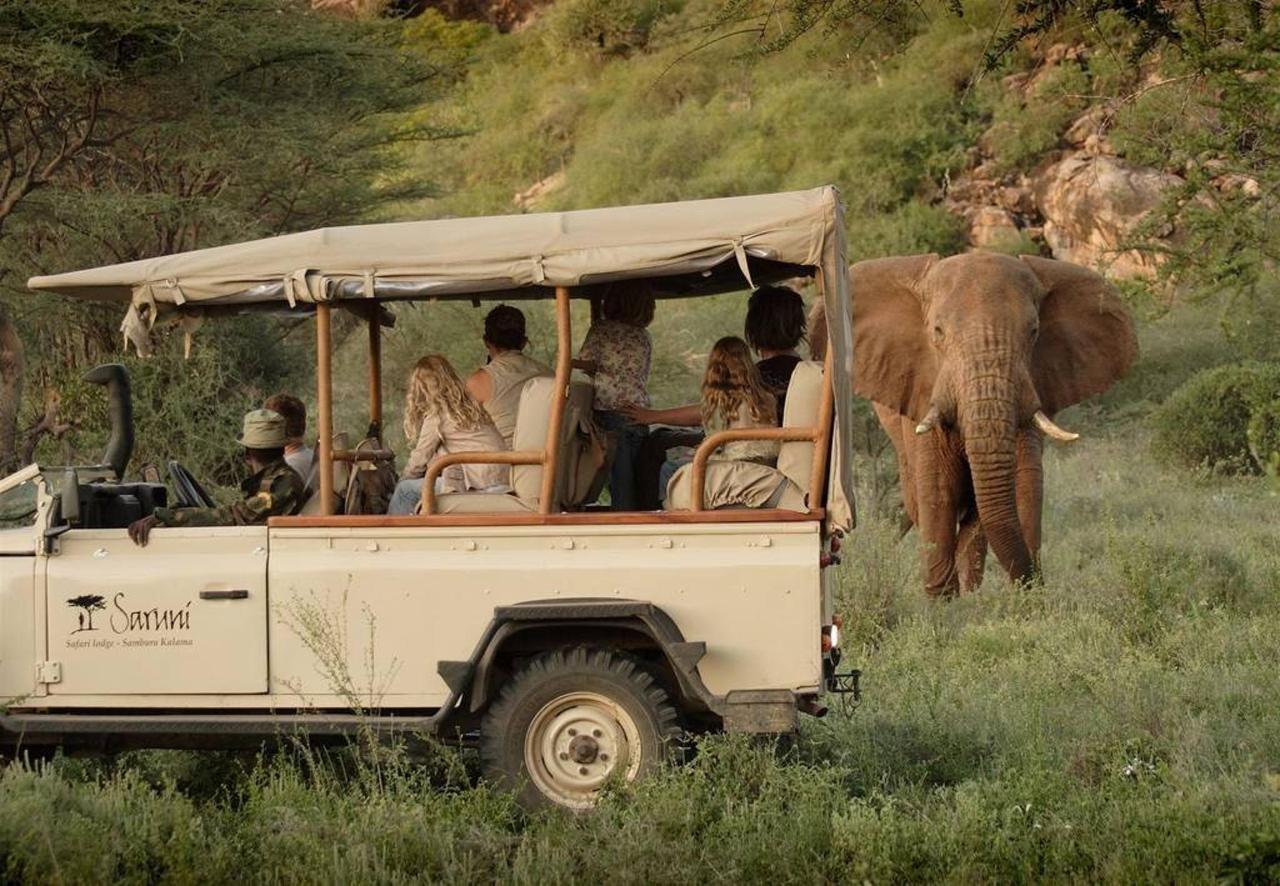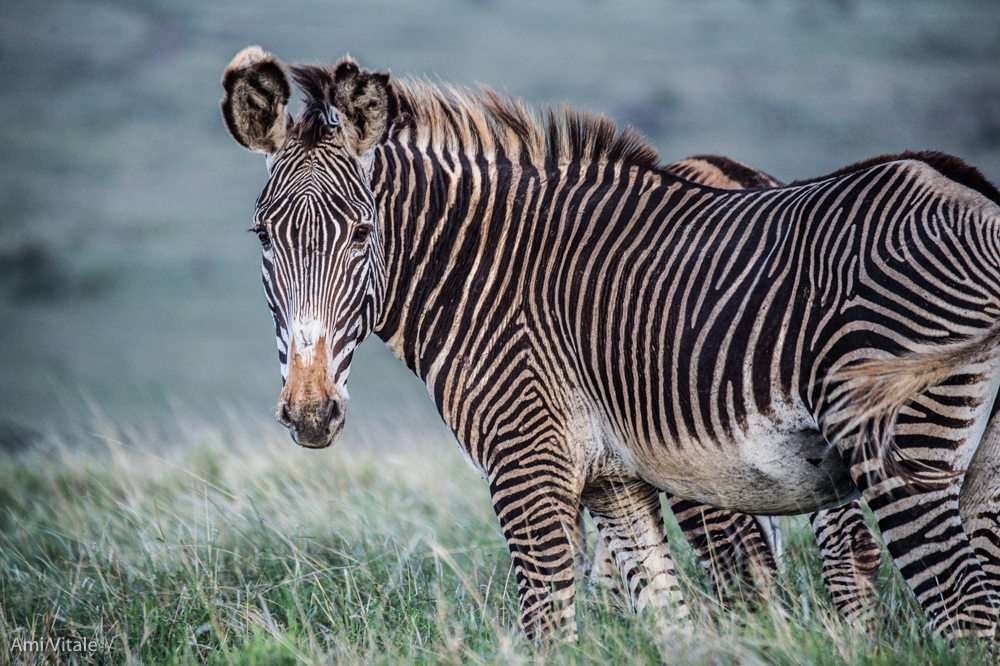Grassroots conservation aimed at enhancing people’s lives, building peace and conserving the natural environment.
NRT is a membership organisation owned and led by the 43 community conservancies it serves in Kenya (northern and coastal regions) and Uganda.
NRT was established as a shared resource to help build and develop community conservancies, which are best positioned to enhance people’s lives, build peace and conserve the natural environment.
Who we serve
NRT serves its member conservancies. These are local institutions run for and by indigenous people to support the management of community-owned land for the benefit of improving livelihoods.
How we serve:
NRT is tasked by community leaders to support indigenous communities in their own objectives to:
Cooperatively develop locally-led governance structures that complement traditional, indigenous systems
Run peace and security programmes
Take the lead in natural environment management
Manage sustainable businesses linked to conservation
NRT also:
Raises funds for member conservancies
Shares advice and guidance on management
Supports training and performance monitoring
NRT: Our mission and what we do












